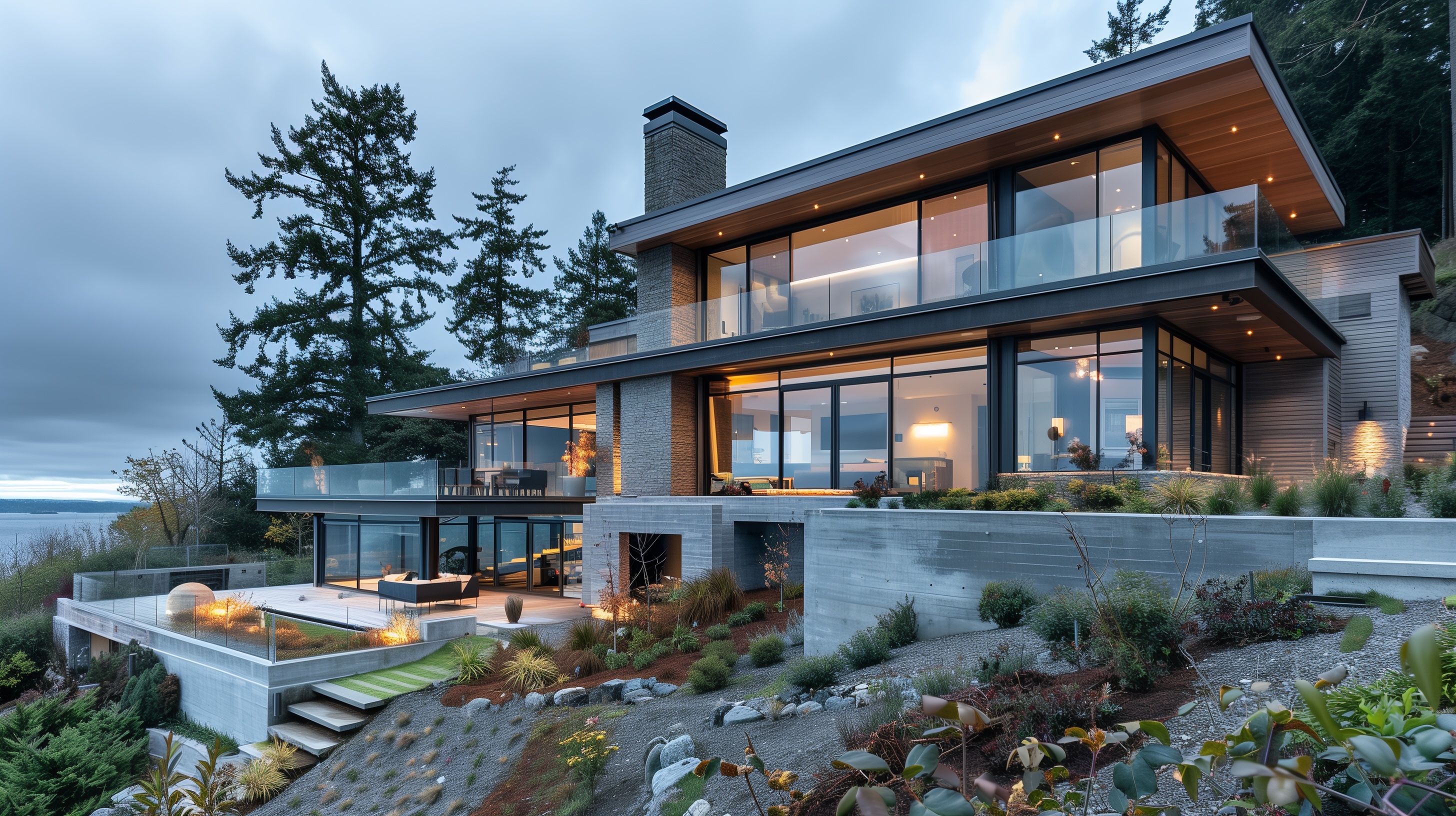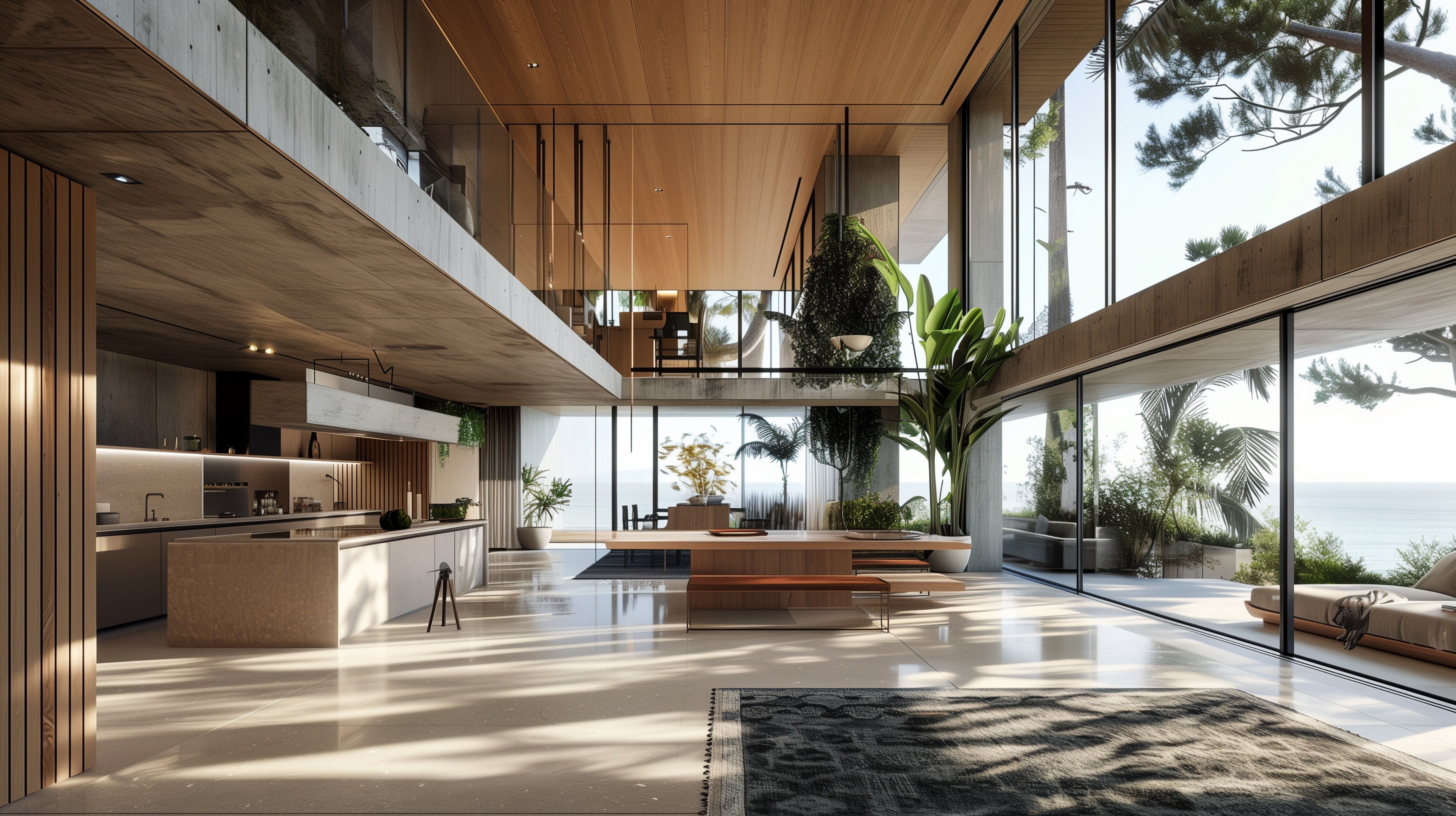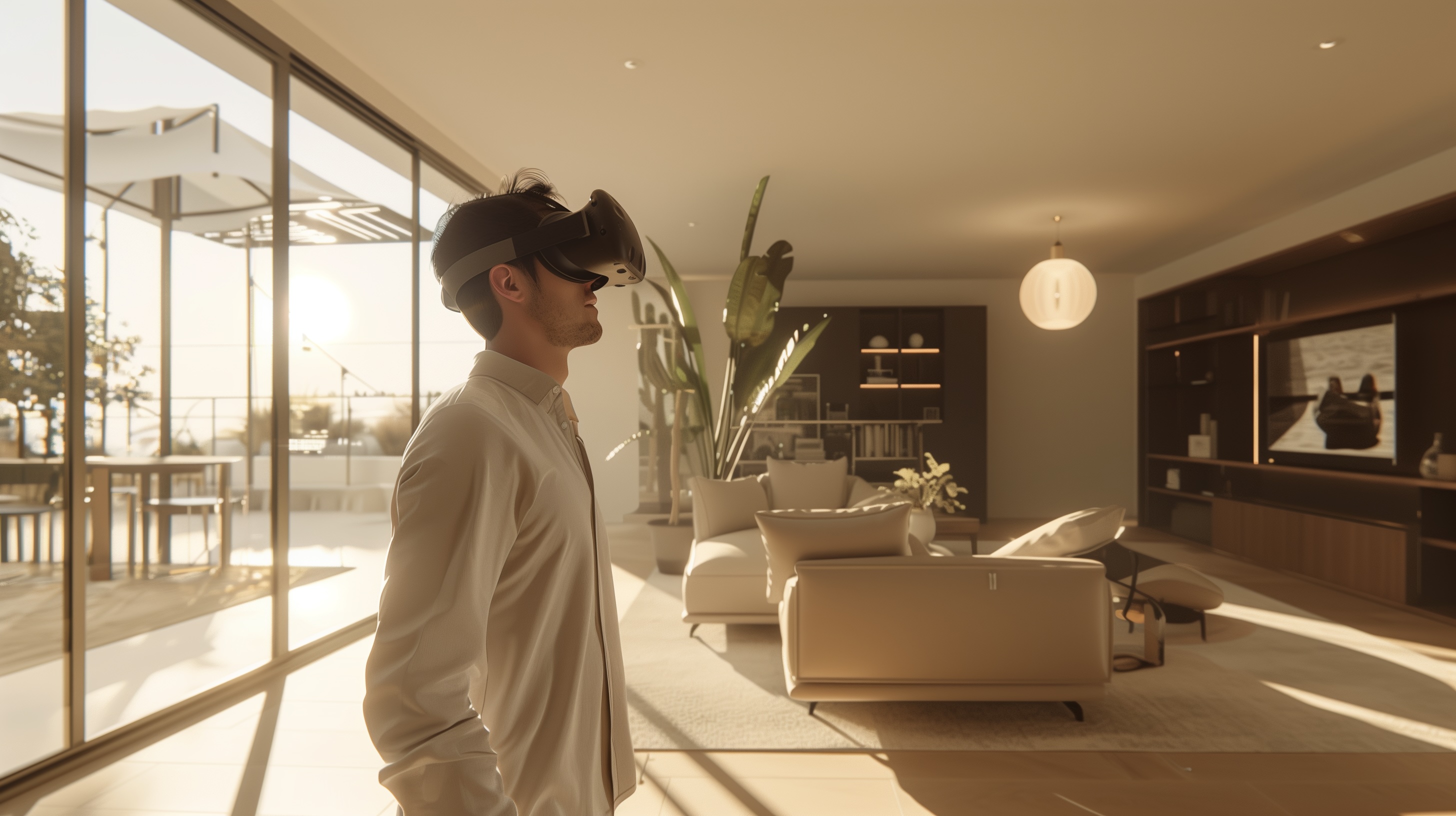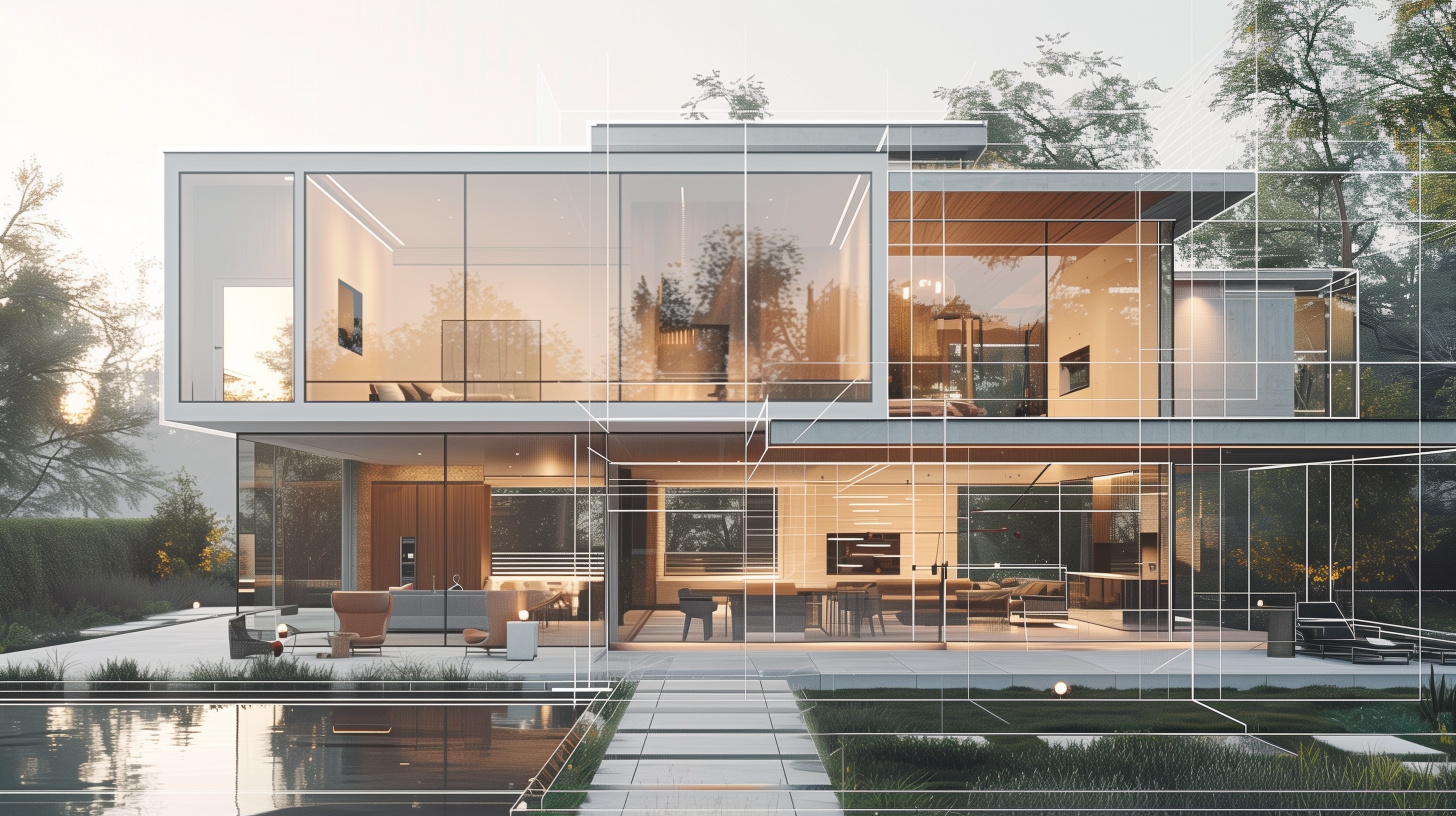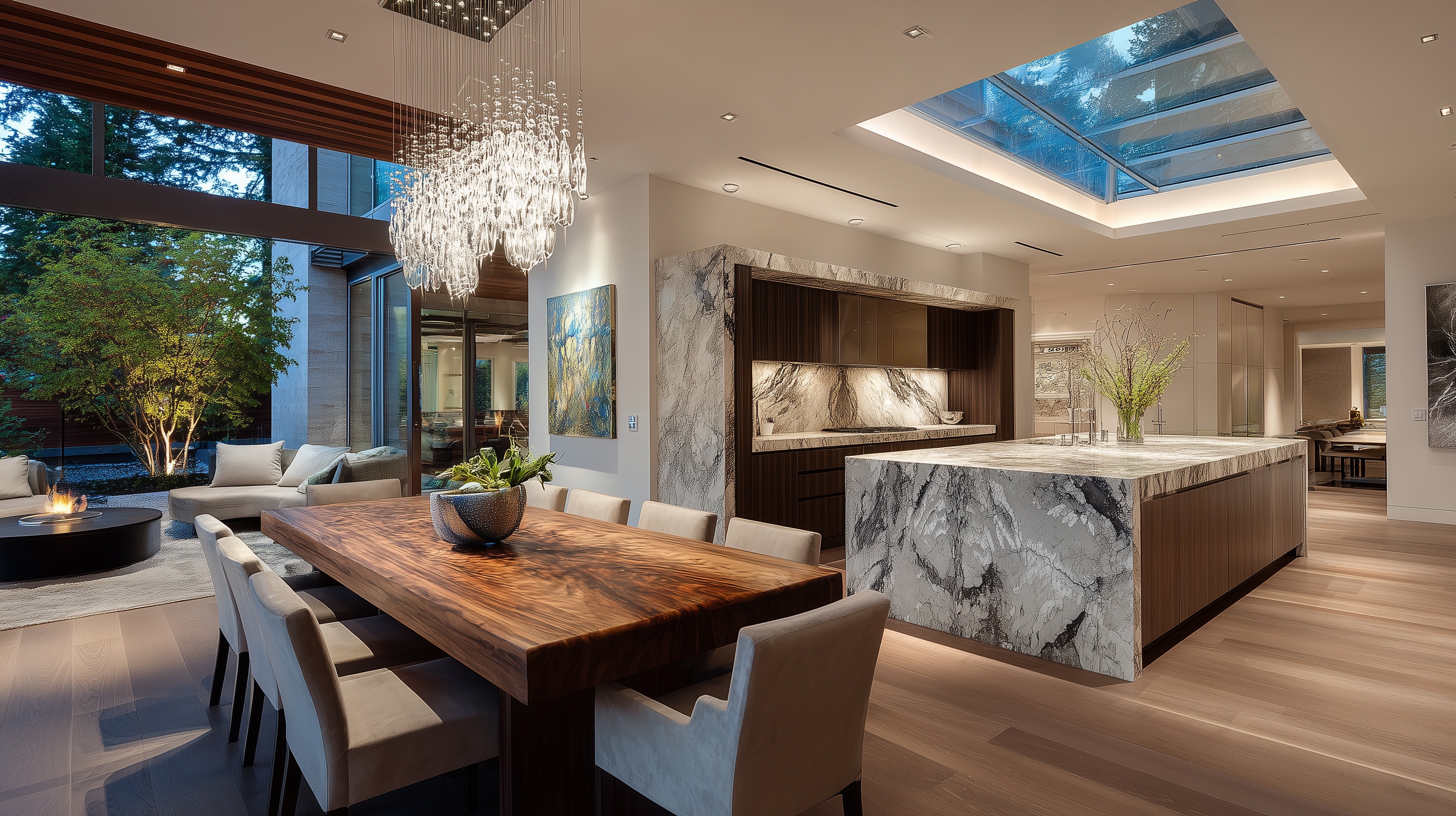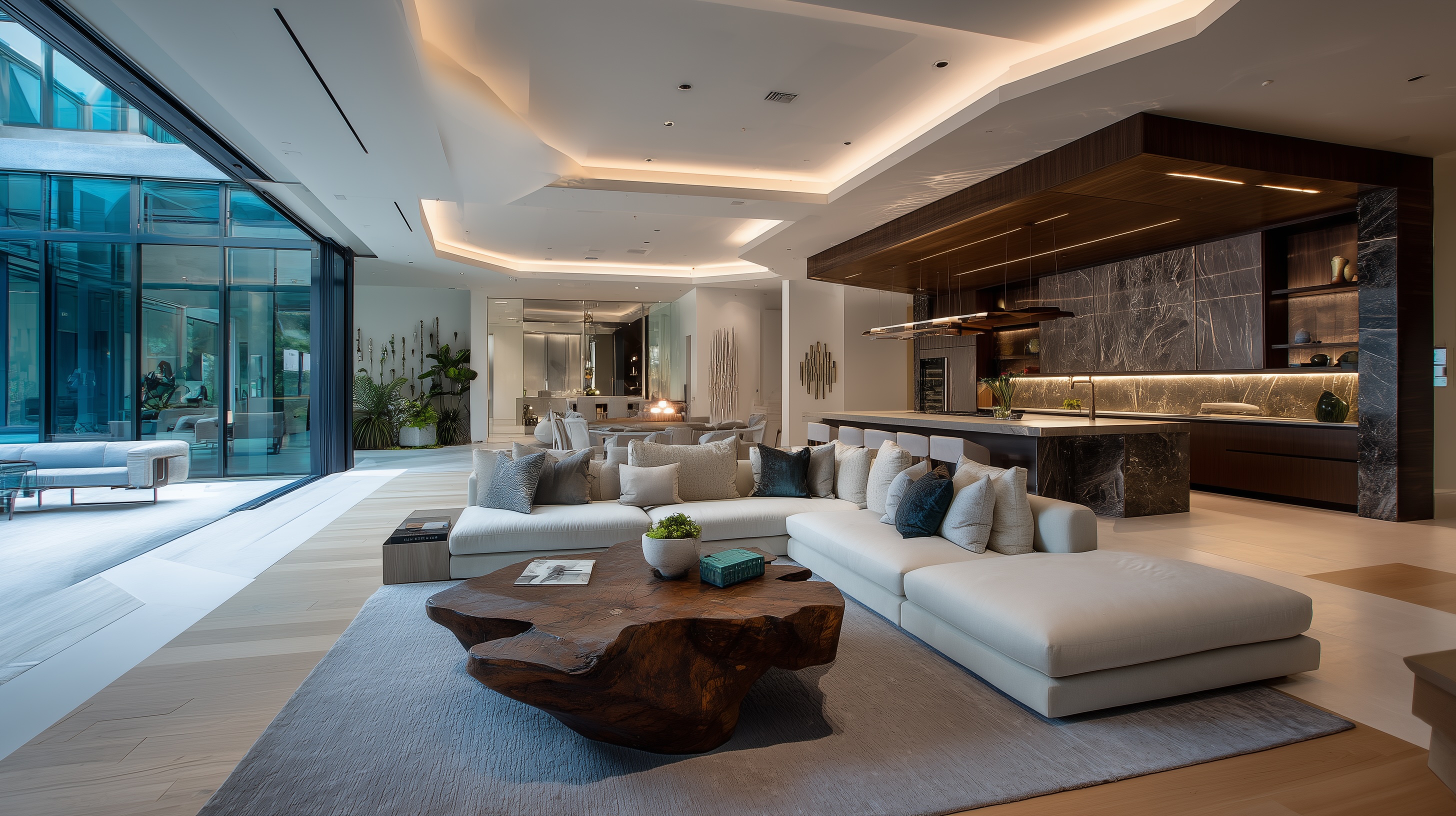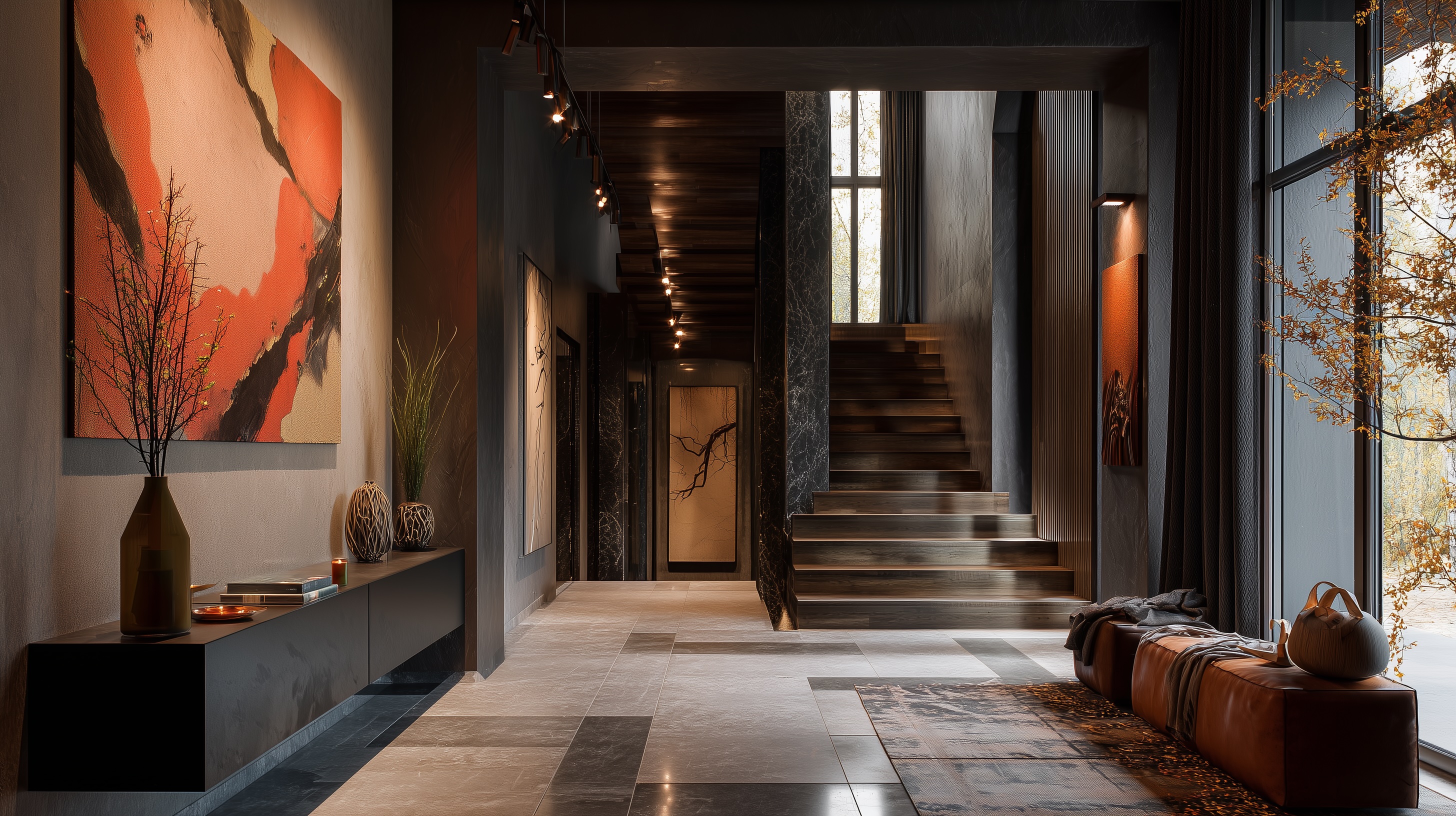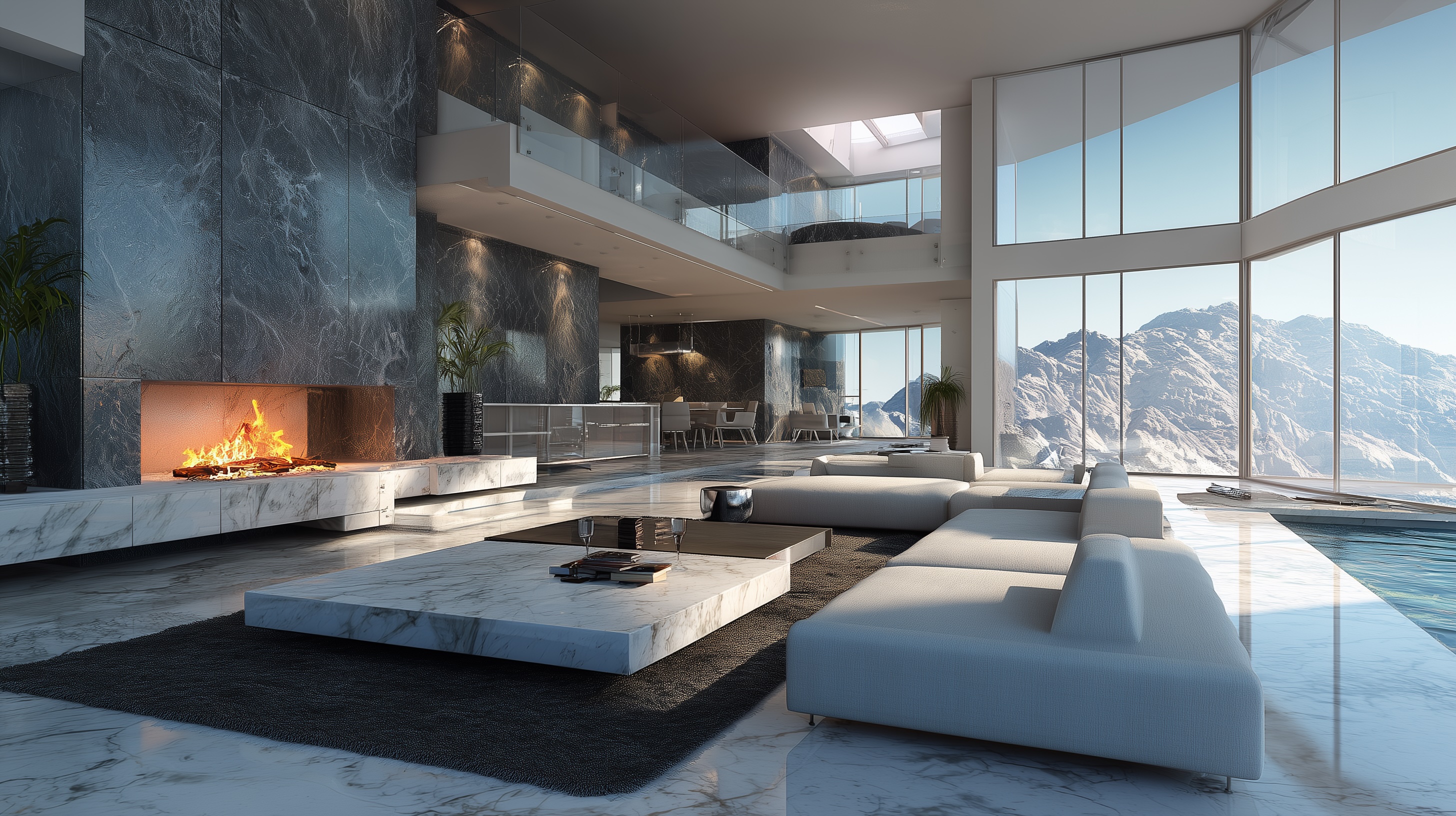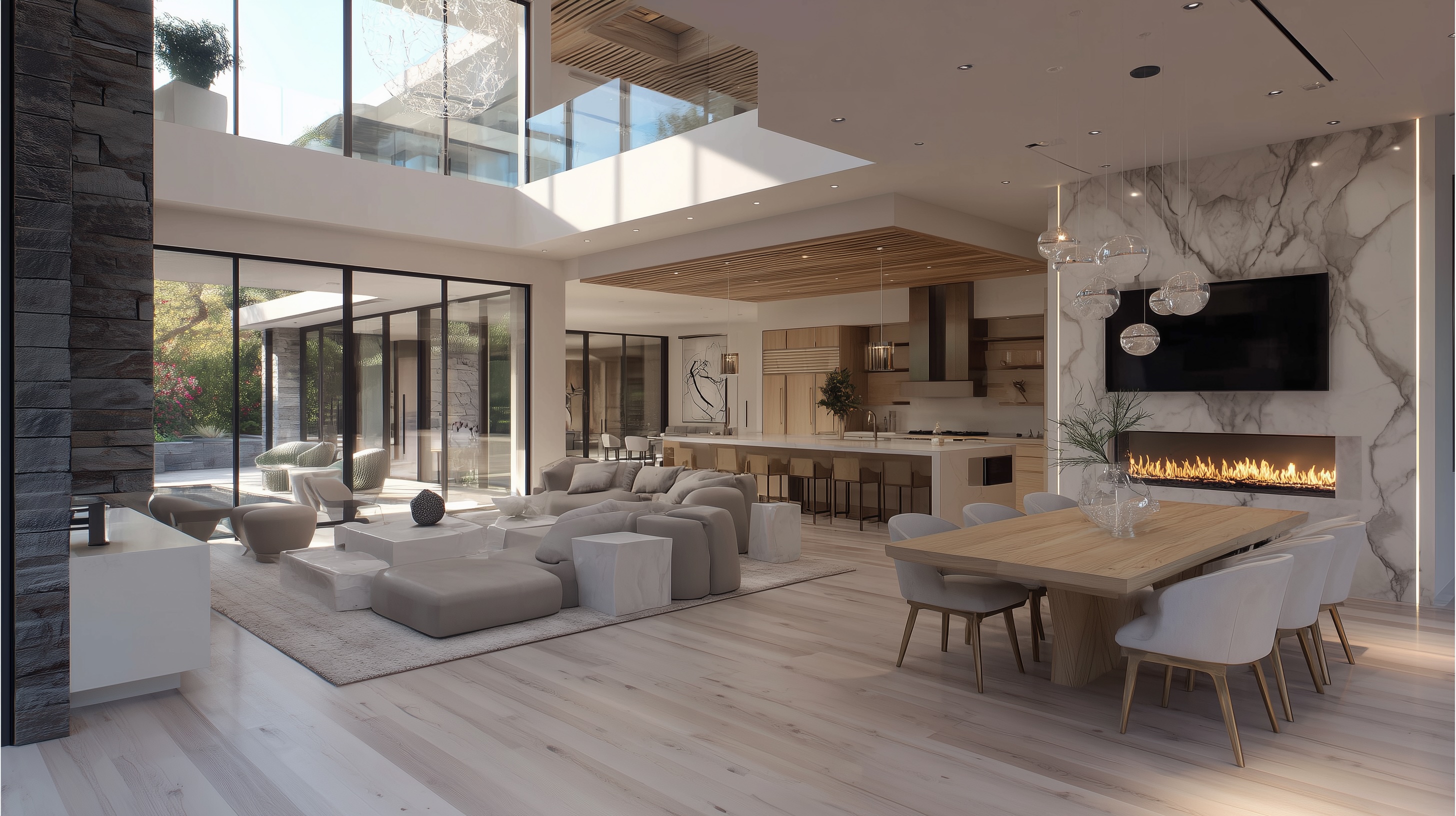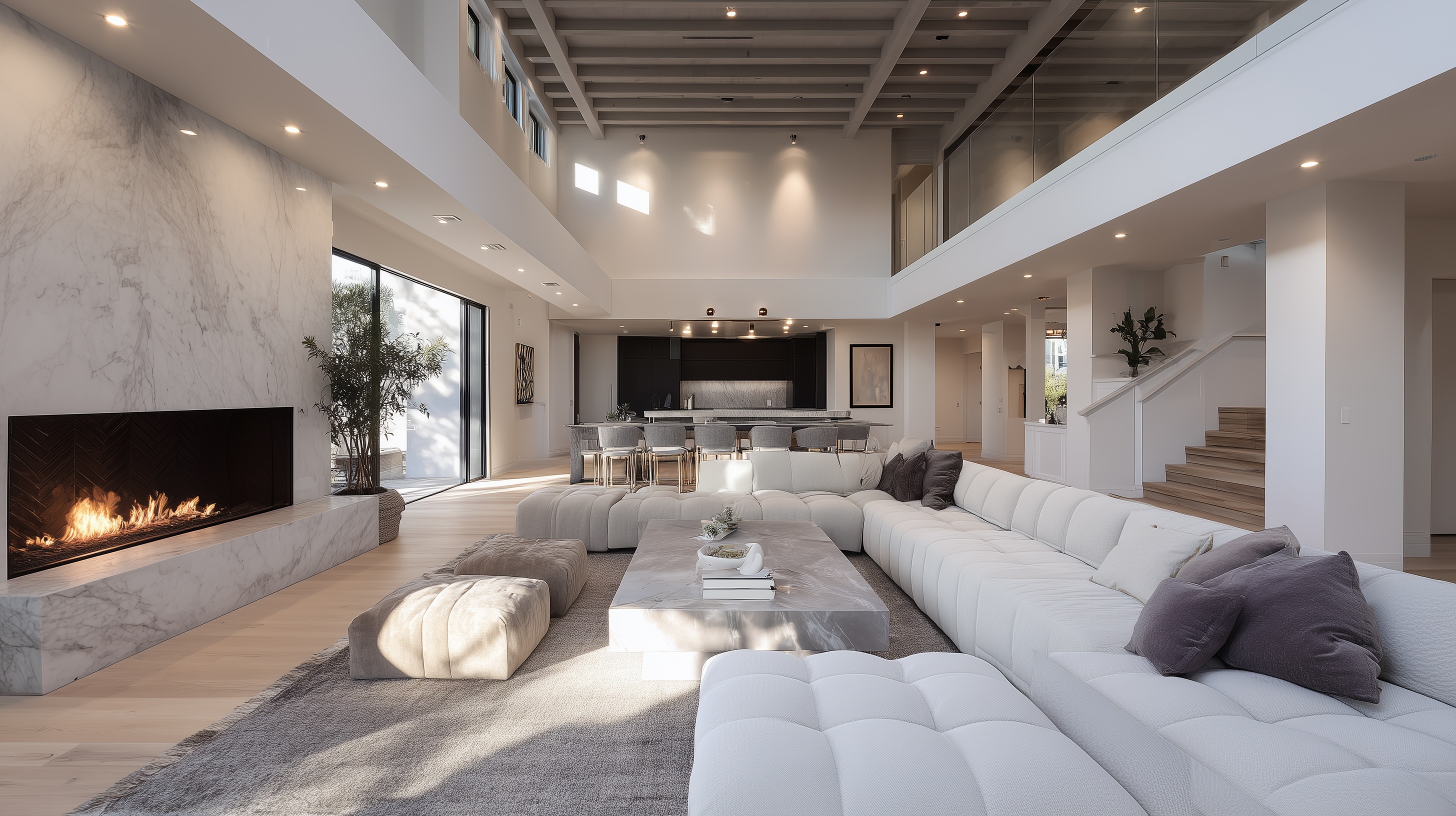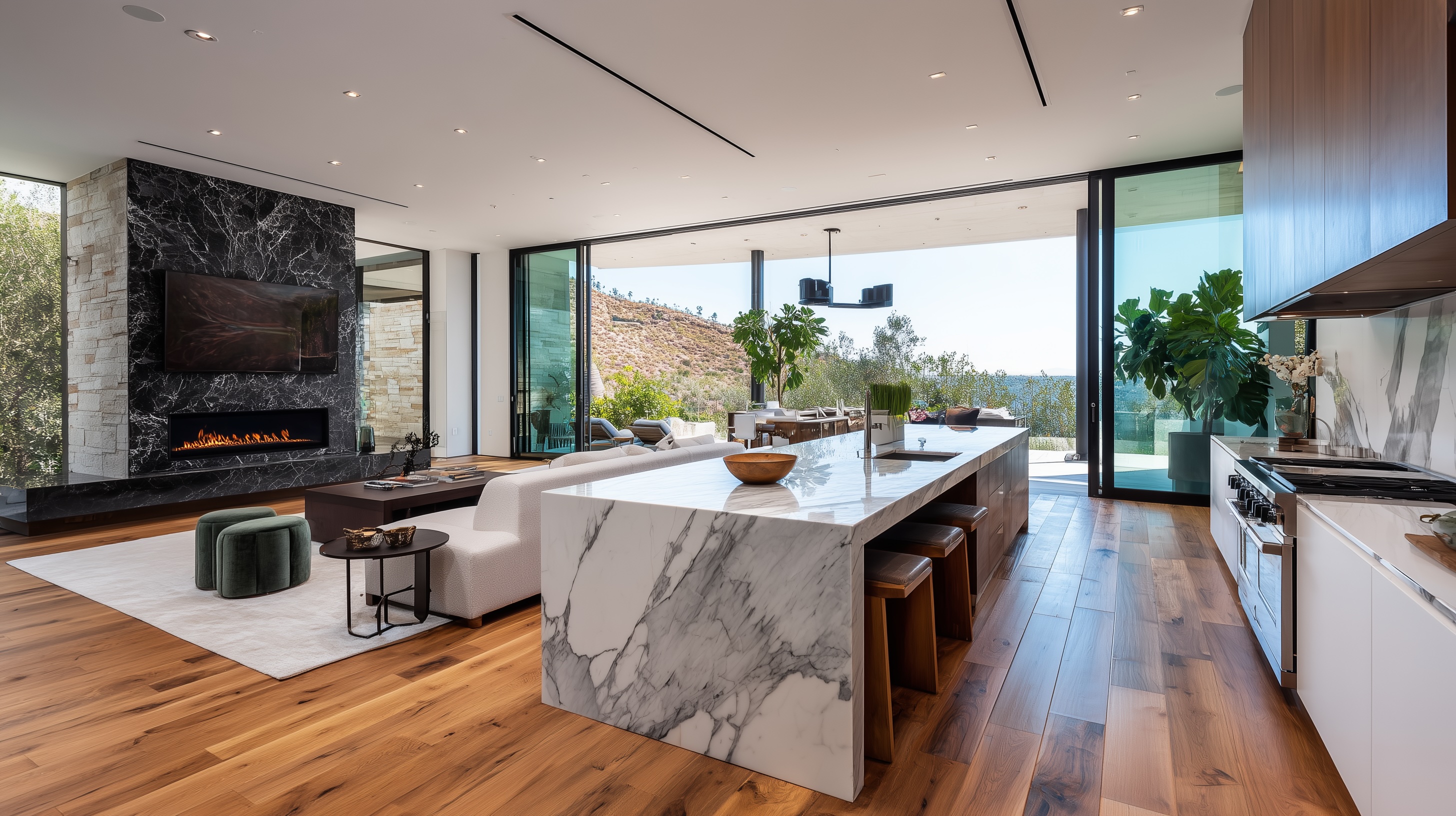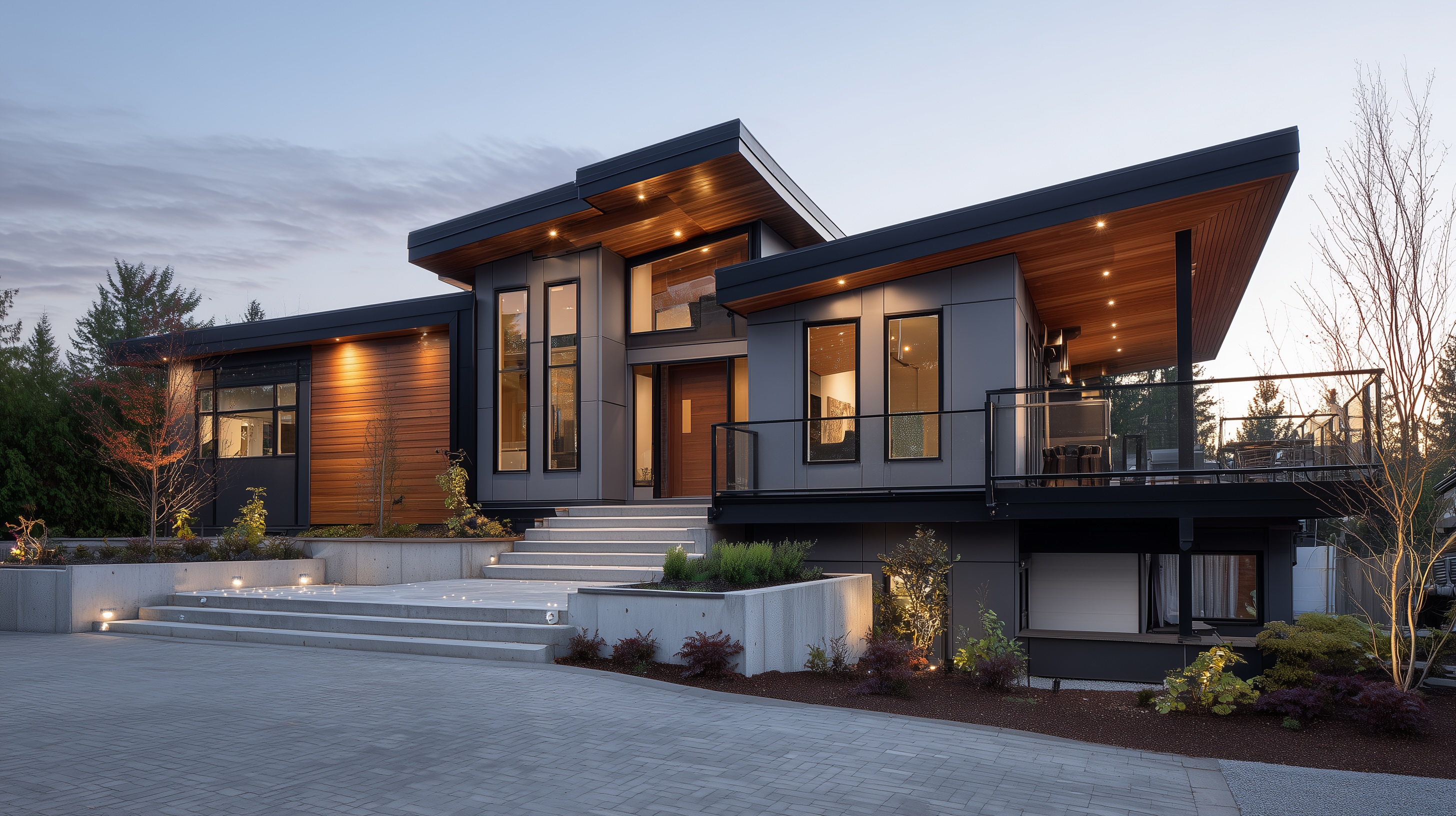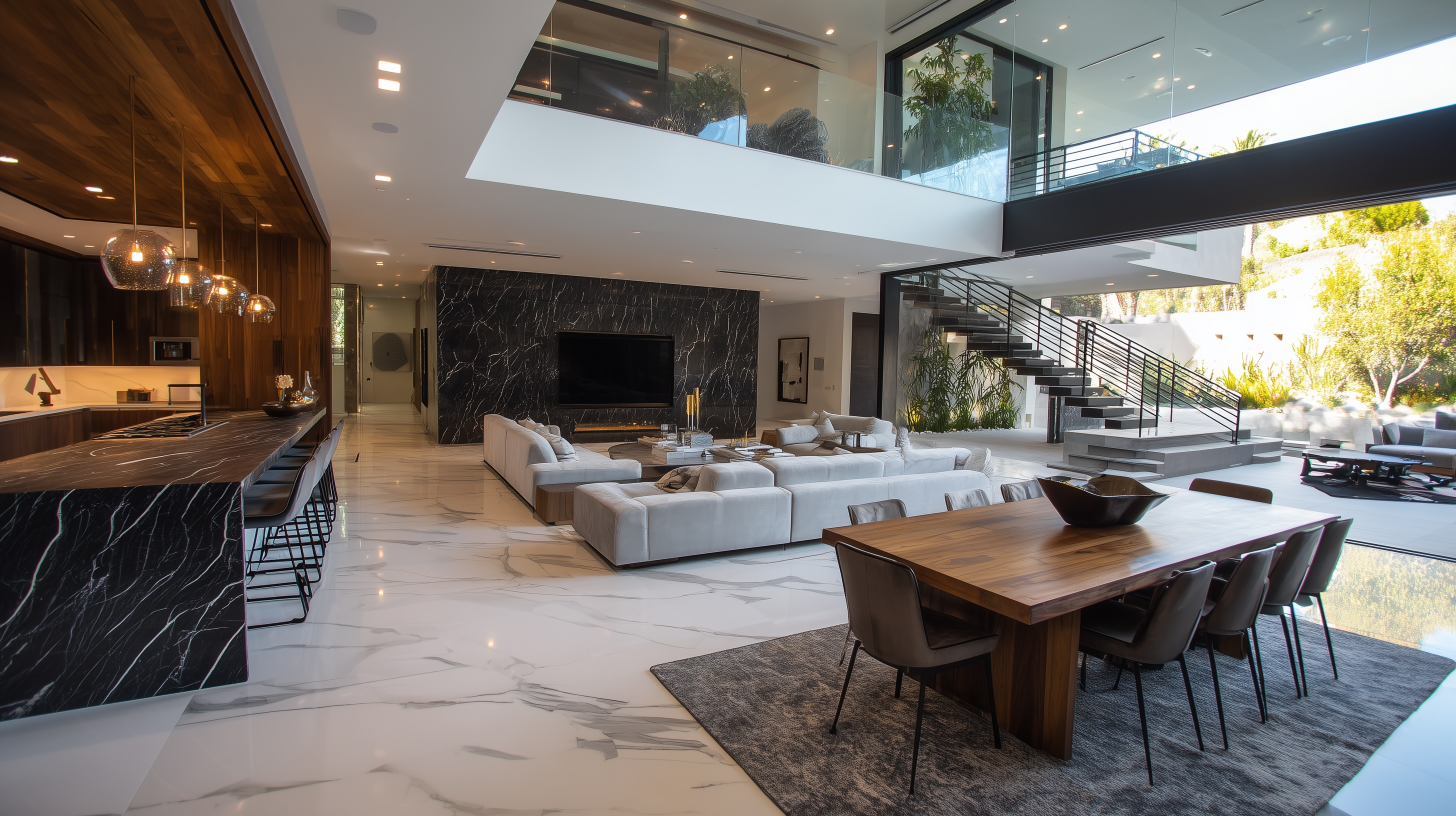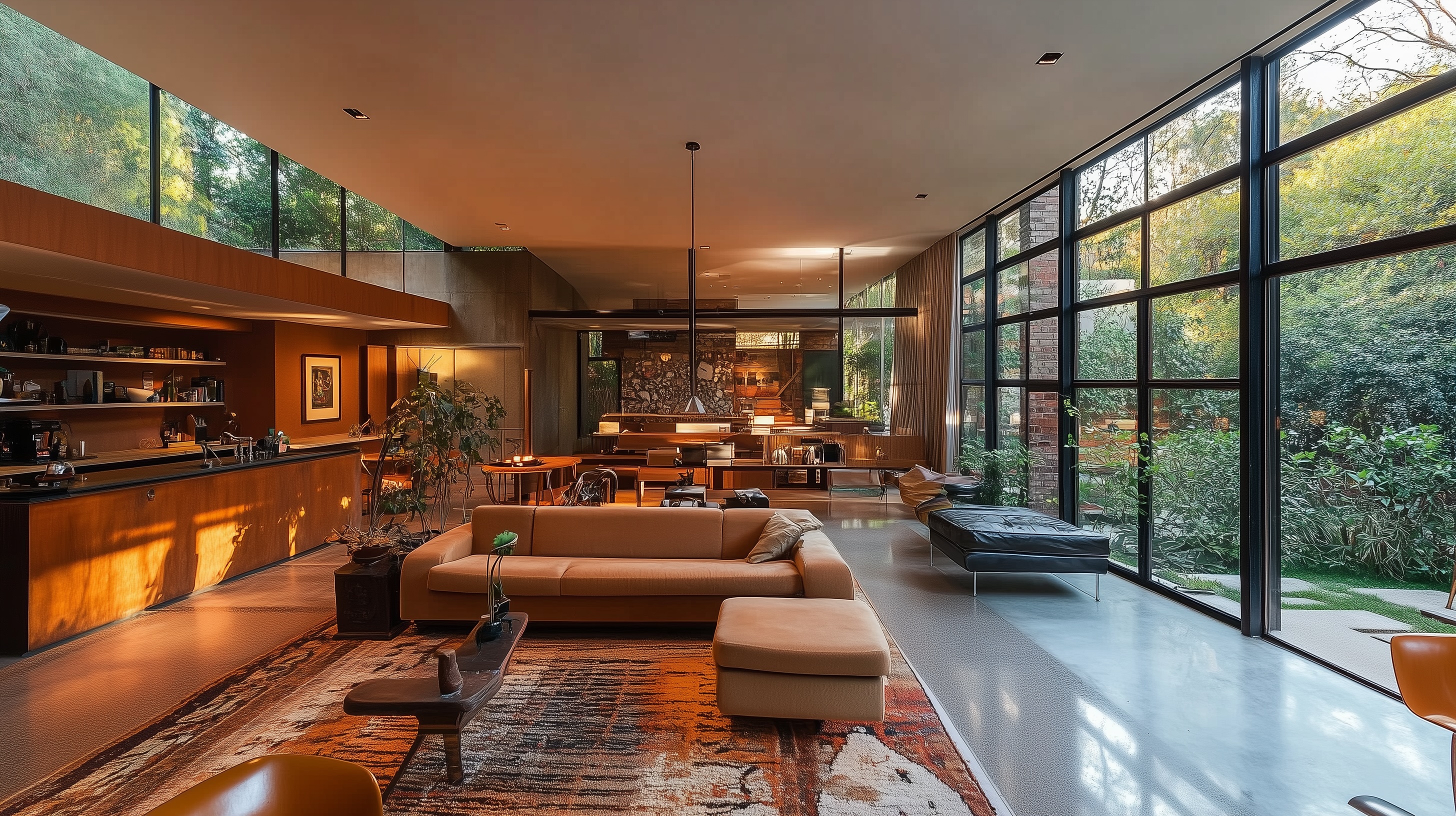Minimalism Meets Maximalism: Finding the Perfect Fusion in Modern Home Design
Minimalism Meets Maximalism: Finding the Perfect Fusion in Modern Home Design
In the world of interior design, minimalism and maximalism have long been viewed as opposing forces—one defined by its "less is more" philosophy, and the other by bold, expressive excess. However, a new trend is emerging that blends the two in a way that allows homeowners to enjoy the best of both worlds. This fusion of design styles brings together the simplicity of minimalism with the vibrancy of maximalism, creating homes that feel both curated and cozy, stylish and functional. Here’s how you can balance these contrasting styles for a space that’s uniquely yours.

The Balance of Bold and Bare
The key to fusing minimalism and maximalism lies in understanding the principles of each and learning how to balance them. Minimalism is characterized by clean lines, open spaces, and a pared-down aesthetic. Maximalism, on the other hand, embraces color, pattern, and texture in abundance.
To create harmony between these two styles:
- Focus on Clean Lines: Start with a minimalist foundation by choosing furniture and architectural features with sleek, simple lines. These will act as a canvas for more daring maximalist elements.
- Layer in Bold Accents: Once you’ve established a streamlined base, introduce maximalist elements like vibrant art, patterned rugs, or bold throw pillows. Think of these accents as layers that add personality without overwhelming the space.
Curated Chaos: Personalizing Your Space
One of the most exciting aspects of this fusion is the ability to infuse your personal style into every room. Minimalism can sometimes feel impersonal, but with touches of maximalism, your space becomes an extension of your personality.
- Curate, Don’t Clutter: Maximalism doesn’t mean hoarding. It’s about curating a collection of items you love and that tell a story. Display your favorite pieces—whether it’s eclectic artwork, vintage finds, or souvenirs from your travels—but be selective. The goal is to create a gallery-like effect where each item stands out.
- Intentional Color Palettes: While maximalist spaces often feature bold color schemes, it’s important to be intentional. Choose a palette that complements the minimalist backdrop. For example, if your walls are a soft, neutral shade, opt for deep jewel tones or rich, earthy hues for your maximalist accents to create visual contrast without clashing.
Function Meets Flair: Practical Maximalism
The fusion of minimalism and maximalism also allows for a practical approach to bold design. Instead of filling your home with decorative pieces that serve no purpose, opt for functional maximalist items that add value to your space.
- Statement Furniture: Invest in a few standout pieces of furniture that serve both a practical purpose and act as focal points. A colorful velvet sofa or a sculptural coffee table can anchor a minimalist room and add a sense of luxury and uniqueness.
- Multi-Functional Decor: Maximalism doesn’t mean you need to compromise on functionality. Choose decor items that serve a dual purpose—think of a bold, patterned ottoman that provides extra seating or a textured throw that adds both color and warmth.
Embracing Negative Space
While maximalism encourages filling a space with personality, it’s important to remember that minimalism thrives on negative space. Allowing certain areas of your home to “breathe” creates a sense of balance and prevents your design from feeling too busy or overwhelming.
- Strategic Placement: In this fusion style, placement is everything. Instead of filling every surface with decor, focus on grouping items in specific areas to create visual impact. For example, a gallery wall of bold artwork can serve as a maximalist moment, while the surrounding space remains uncluttered.
- Let the Architecture Shine: In rooms with beautiful architectural features, such as high ceilings, large windows, or intricate moldings, allow those elements to take center stage. Minimalist furniture and decor will enhance the architecture, while maximalist accents can add depth and contrast.
Textures and Patterns: A Maximalist Playground
One of the joys of maximalism is the opportunity to play with textures and patterns. But in this fusion style, the trick is to use them sparingly and with intention.
- Mixing Textures: Combine materials like leather, wood, velvet, and metal to add tactile richness to a minimalist space. The contrast of smooth and rough textures will create a dynamic and layered look.
- Patterned Accents: Rather than covering entire walls or floors in busy patterns, introduce them in small doses. A geometric rug, a floral throw, or patterned cushions can add a pop of maximalist flair without dominating the room.
Conclusion: Your Space, Your Rules
At its core, the fusion of minimalism and maximalism is about creating a space that feels personal and livable. There are no hard rules, only guidelines to help you achieve the right balance. By thoughtfully combining the clean simplicity of minimalism with the rich, expressive nature of maximalism, you can design a home that’s uniquely yours—full of life, character, and, most importantly, style.
Whether you're building a new home or renovating an existing one, this design approach offers a fresh, modern way to live in harmony with both simplicity and extravagance.


%201.png)


